Sam the Record Man on Yonge Street in 1971, Toronto Archives, F1526, fl 0003, Item 0025
My earliest memories of purchasing records from Sam Sniderman’s store date from 1958-1959. I lived in the west end of the city, but was working in the British American Oil Company building at Bay and College Streets. I was collecting 78 rpm recordings of brass bands, particularly those in Great Britain. Sam’s was one of the few shops that stocked these disks, as they were not exactly mainstream merchandise. On my way home from work, I sometimes boarded a westbound College Street streetcar and travelled to Sam’s store at 714 College Street, three blocks east of Ossington Avenue. The store was rather jumbled and slightly run down, but the record collection was fantastic.
The store on College Street that I visited was named, “Sniderman Radio Sales and Service.” It had been established by Sam Sniderman’s father in 1929. In 1937, Sam began selling records in his father’s store. After long-playing vinyl disks were introduced in 1948, record sales expanded greatly, and by the late 1950s, Sam’s store had one of the largest collections of recordings in the world. Its main competitor was A&A Records on Yonge Street. Sam Sniderman realized that to truly be able to compete with A&A, he required a downtown location. As a result, in 1959, he rented space on the ground floor of Yolles Furniture Store at 291 Yonge Street, on the west side of the street, south of Dundas Street. However, he did not remain on the site very long.
In 1961, Sam relocated his business to 347 Yonge Street, two doors south of A&A Records. The signage on the front of the store displayed an huge thermometer and barometer, the colour red dominating the display. Sam’s was in the heart of the movie theatre district, where foot-traffic was constant all day and continued into the late evening hours. People who attended the large theatres such as the Imperial or Loew’s Downtown, and those who visited the smaller Biltmore, Savoy or Downtown Theatres, often dropped into Sam’s or A&A’s before journeying home. The shops remained open until midnight, the late-evening hours being the busiest. In 1967, annual sales at Sam’s topped $2 million, the equivalent of about $15 million today.
The year 1969 was an historic year in the history of the store, and is one of the reasons that Sam’s is so well remembered today. Wishing to attract more attention to his enterprise, he hired the best-known sign company in the city – Brothers Markle. It created the iconic sign that became a favourite of many Torontonians. Requiring two months to complete, the neon vinyl sign resembled a huge record disk, approximately 7 metres by 5 metres. The neon tubes flashed on and off, creating the effect that the record was spinning on a turntable. When Sam took over the building to the north of his store, the signage was extended to include another flashing record disk. This brought the total size of the sign to 15 metres by 10 metres. It was visible to everyone who nightly strolled “the strip,” as that section of Yonge Street was known. The brightly-lit sign became an integral part of the scene.
During the 1970s and 1980s the record business was flooded with sales, and Sam’s rode the crest of the wave. The store’s brand was franchised throughout Canada; at the height of the popularity of LP records, there were 130 outlets. Sam encouraged vocal artists to perform in his store on Yonge Street, and through these events he promoted the careers of artists such as Stompin’ Tom Connors, Gordon Lightfoot, Anne Murray, Guess Who, and Joni Mitchell. Sam continually expanded, occupying the bank building on the corner on the northeast corner of Yonge and Gould, to the south of his store.
However, during the 1990s, sales began to diminish. Sam’s went bankrupt in 2001, but was resurrected in 2002 by his two sons—Bobby and Jason. However, they were unsuccessful in restoring the business as even CD sales were dropping due to the internet. The store permanently closed in in February 2007.
Ryerson University purchased Sam’s and A&A, along with others buildings in the same block. They were demolished to create the Ryerson Student Learning Centre, with the understanding that the iconic Sam’s sign would be resurrected and placed on the new building, since it was designated an historic artefact under the Ontario Heritage Act. It was never installed, as the university claimed that the sign did not suit the modern style of their new structure. However, I sometimes wonder if the condition in the purchase agreement was truly impressed on the architect. It now appears that the university is planning to place the sign above a city-owned building that overlooks Yonge/Dundas Square. Viewed from atop a tall building, its impact would be non-existent, especially with the enormous number of signs that overlook Dundas Square.
Sam died in September 2012 at age 94. He made a wonderful contribution to the life of Toronto and is fondly remembered for much more than the neon sign he left behind.
Sources: news.library.Ryerson.ca—www.globeandmail.ca—torontoist.com—www.thestar.com
A cut-out showing Sam Sniderman (Canada Archives, 01099186-v8) and Sam with Stompin’ Tom Connors (Canada Archives, 0110981574-v8)
View looking south at the east side of Yonge Street. The Edison Hotel is visible on the southeast corner of Yonge and Gould Streets. It was demolished after its north facade collapsed into the street. Toronto Archives, F124, fl 0003, id 0197.
Sam’s in the 1980s, when it was one door south of A&A’s. It did not yet occupy Thriftt’s, which separated the two stores. View gazes east from Elm Street toward the east side of Yonge Street. Toronto Archives, F1465, fl0020, id 0023
Sam the Record Man on December 30, 2007, after it closed for the final time. A&A’s had already disappeared. Photo from Urban Toronto, by Edward Skira.
An aerial view gazing eastward, the east side on Yonge Street in the foreground, showing A&A Records and Sam the Record Man. Toronto Archives, S1465, Fl 0048, id 0001
Gazing west toward Yonge Street at the former site of A&A and Sam’s, the construction of the Ryerson Student learning Centre in progress. The low-rise buildings in the background are on the west side of Yonge Street.
The Ryerson Student Learning Centre on the east side of Yonge Street, north of Gould Street, in 2015. It is where A&A and Sam’s once stood. Personally, I believe that it is architecturally magnificent, but is not appropriate for this section of Yonge Street. It overpowers the historic buildings in the neighbourhood and aesthetically does not fit into the area. In another location, this structure would be an architectural icon.
Below is another viewpoint on the new Ryerson Student Learning Centre, written by Luis Fernandes.
Continuing to read your Toronto blog, I came upon your article on Sam the Record Man. At the end of the article as the Ryerson Student Learning Centre replaced the iconic buildings you say, “It overpowers the historic buildings in the neighbourhood and aesthetically does not fit into the area. In another location, this structure would be an architectural icon.”
I agree in principle with your sentiments. Some time in the future, the citizens of Toronto will regret demolishing those buildings.
However let me provide an alternative point of view to the situation– I have to mention that I have been working at Ryerson for 20 years, after having graduated with a degree– and what follows is insider information, so to speak.
Whenever anyone asked for directions to Ryerson, instead of telling them the street intersection it was on, the most accurate answer was to say, “It’s behind Sam the Record Man”– because everyone knew where Sam’s was. I often gave this direction when asked.
When Sheldon Levy become president of Ryerson, he found out about this “direction” and made it his mission to change this “2nd-class perception” of Ryerson’s place by giving the University a more prominent footprint on Yonge Street.
As a result, people no longer ask for directions to Ryerson anymore. It’s a shame that so much history had to be traded for this recognition.
A link to a post about A&A Records: https://tayloronhistory.com/2016/04/01/fond-memories-of-a-a-records-demolished/
To view the Home Page for this blog: https://tayloronhistory.com/
For more information about the topics explored on this blog:
https://tayloronhistory.com/2016/03/02/tayloronhistory-comcheck-it-out/
The publication entitled, “Toronto’s Theatres and the Golden Age of the Silver Screen,” was written by the author of this blog. It explores 50 of Toronto’s old theatres and contains over 80 archival photographs of the facades, marquees and interiors of the theatres. It relates anecdotes and stories by the author and others who experienced these grand old movie houses.
To place an order for this book:
Book also available in Chapter/Indigo, the Bell Lightbox Book Shop, and by phoning University of Toronto Press, Distribution: 416-667-7791 (ISBN 978.1.62619.450.2)
Another book, published by Dundurn Press, containing 80 of Toronto’s former movie theatres will be released in May, 2016. It is entitled, “Toronto’s Movie Theatres of Yesteryear—Brought Back to Thrill You Again.” It contains over 125 archival photographs and relates interesting anecdotes about these grand old theatres and their fascinating histories.
Another publication, “Toronto Then and Now,” published by Pavilion Press (London, England) explores 75 of the city’s heritage sites. This book will be released on June 1, 2016. For further information follow the link to Amazon.com here or to contact the publisher directly use the link:
http://www.ipgbook.com/toronto–then-and-now—products-9781910904077.php?page_id=21.
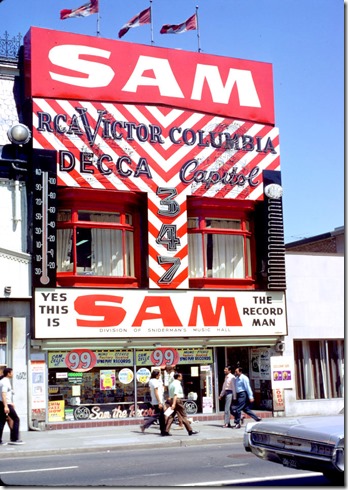
![Canada Archives e010991186-v8[1] Canada Archives e010991186-v8[1]](https://tayloronhistory.com/wp-content/uploads/2016/04/canada-archives-e010991186-v81_thumb.jpg)
![Can. Ar. Stompin' Tom Connors e010981574-v8[1] Can. Ar. Stompin' Tom Connors e010981574-v8[1]](https://tayloronhistory.com/wp-content/uploads/2016/04/can-ar-stompin-tom-connors-e010981574-v81_thumb.jpg)
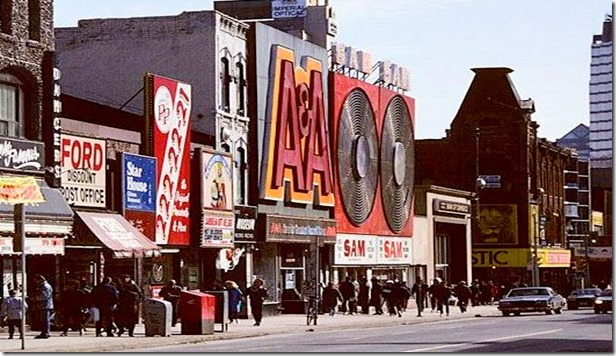
![mid 1980s s1465_fl0020_id0023[1] mid 1980s s1465_fl0020_id0023[1]](https://tayloronhistory.com/wp-content/uploads/2016/04/mid-1980s-s1465_fl0020_id00231_thumb.jpg)
![Dec. 30, 2007, Urban Toronto, Edward Skira, [1] Dec. 30, 2007, Urban Toronto, Edward Skira, [1]](https://tayloronhistory.com/wp-content/uploads/2016/04/dec-30-2007-urban-toronto-edward-skira-1_thumb.jpg)
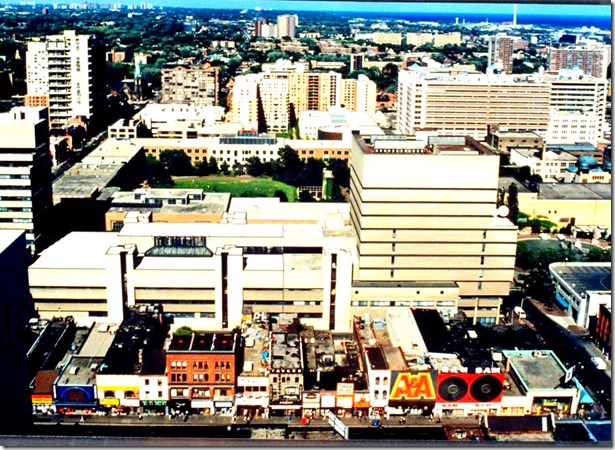
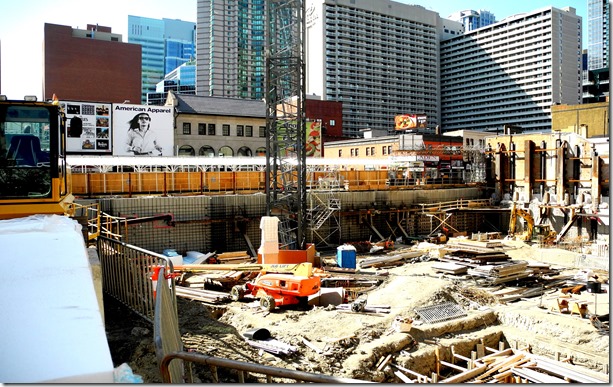
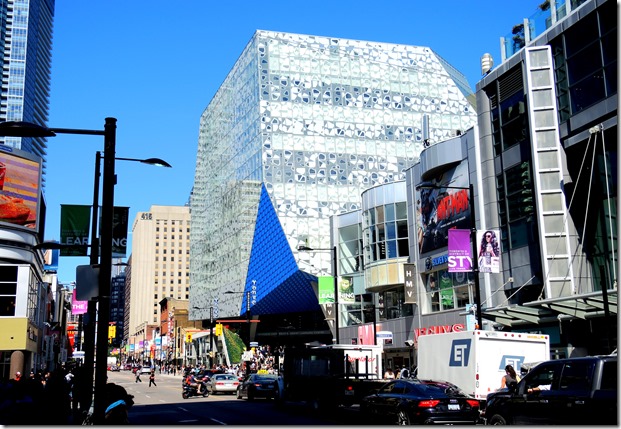
![cid_E474E4F9-11FC-42C9-AAAD-1B66D852[2] cid_E474E4F9-11FC-42C9-AAAD-1B66D852[2]](https://tayloronhistory.com/wp-content/uploads/2016/04/cid_e474e4f9-11fc-42c9-aaad-1b66d8522_thumb1.jpg)
![image_thumb6_thumb_thumb_thumb_thumb[2] image_thumb6_thumb_thumb_thumb_thumb[2]](https://tayloronhistory.com/wp-content/uploads/2016/04/image_thumb6_thumb_thumb_thumb_thumb2_thumb1.png)


